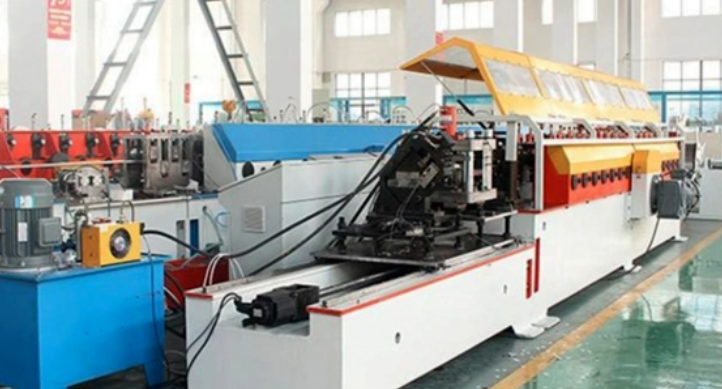
Posted on Friday, October 11, 2024
As the demand for advanced construction methods and sustainable materials grows, roll forming technology is poised for significant advancements in Australia. The following trends and innovations are set to shape the future of this industry:
With the advent of Industry 4.0, automation is revolutionizing the roll forming sector. Smart roll forming machines equipped with IoT sensors allow for real-time monitoring and predictive maintenance. This innovation helps manufacturers reduce downtime, enhance production efficiency, and improve overall product quality. As Australian manufacturers adopt these technologies, they can streamline operations and respond more quickly to market demands.
Sustainability is at the forefront of construction practices in Australia, driven by increasing environmental awareness and regulatory pressures. Roll forming technology is adapting by focusing on recyclable materials and minimizing waste during production. Innovations such as energy-efficient machinery and processes are also gaining traction. Manufacturers are exploring the use of recycled metals, which not only lowers material costs but also supports Australia's commitment to sustainable building practices.
As industries evolve, the need for customized solutions is becoming increasingly important. Roll forming technology allows for the production of bespoke profiles tailored to specific applications, whether in residential, commercial, or industrial sectors. Australian manufacturers are likely to invest in advanced tooling and design software to enhance their capabilities in producing unique profiles that meet precise client requirements.
The construction industry in Australia is increasingly moving towards lightweight materials that do not compromise on strength. Roll forming technology enables the production of thin-walled, high-strength profiles that are ideal for modern construction needs. These materials reduce the overall weight of structures, leading to lower transportation costs and easier handling on-site.
The integration of digital technologies is revolutionizing roll forming processes. Advanced design software allows for quicker prototyping and product development, enabling manufacturers to bring products to market faster. Additionally, the use of CAD/CAM systems enhances precision in roll forming, ensuring high-quality outcomes that meet stringent Australian building standards.
As Australia continues to invest in renewable energy, roll forming technology will play a critical role in supporting this growth. The demand for components used in solar panel mounts, wind turbine structures, and other renewable energy applications is rising. Roll forming machines can produce the necessary components efficiently, enabling manufacturers to tap into this expanding market.
Safety in manufacturing is paramount, and advancements in roll forming technology are increasingly focusing on incorporating safety features. New designs include automated safety measures, user-friendly interfaces, and improved training programs for operators. These innovations not only enhance worker safety but also ensure compliance with Australian workplace safety regulations.
The future of roll forming technology in Australia looks promising, driven by trends such as automation, sustainability, and digital integration. As manufacturers adapt to these changes, they will enhance their competitiveness in both domestic and international markets. Embracing these innovations will be crucial for Australian roll forming companies to meet the evolving needs of the construction and manufacturing sectors.
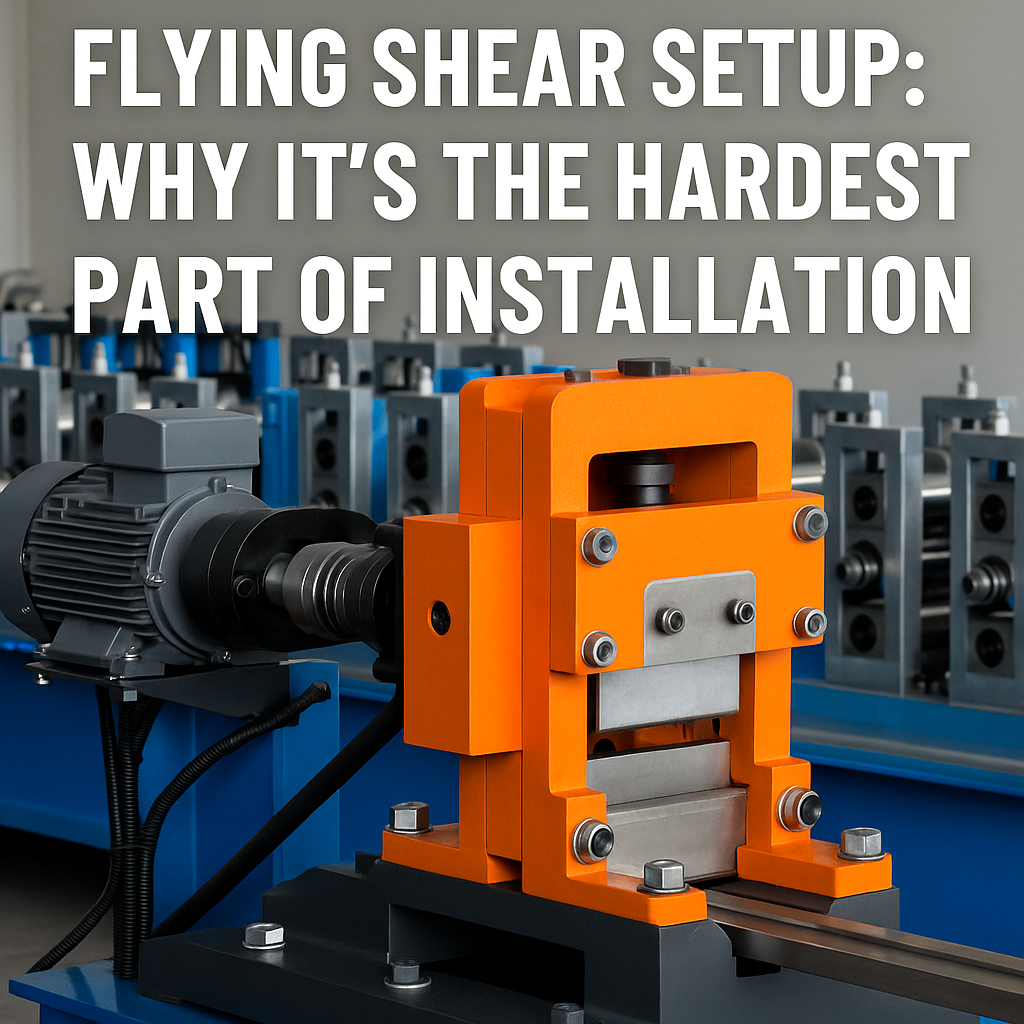
Flying Shear Setup: Why It’s the Hardest Part of Roll Forming Machine Installation
Posted on Monday, November 24, 2025
If you want a header image, meta description, or series continuation, just tell me.
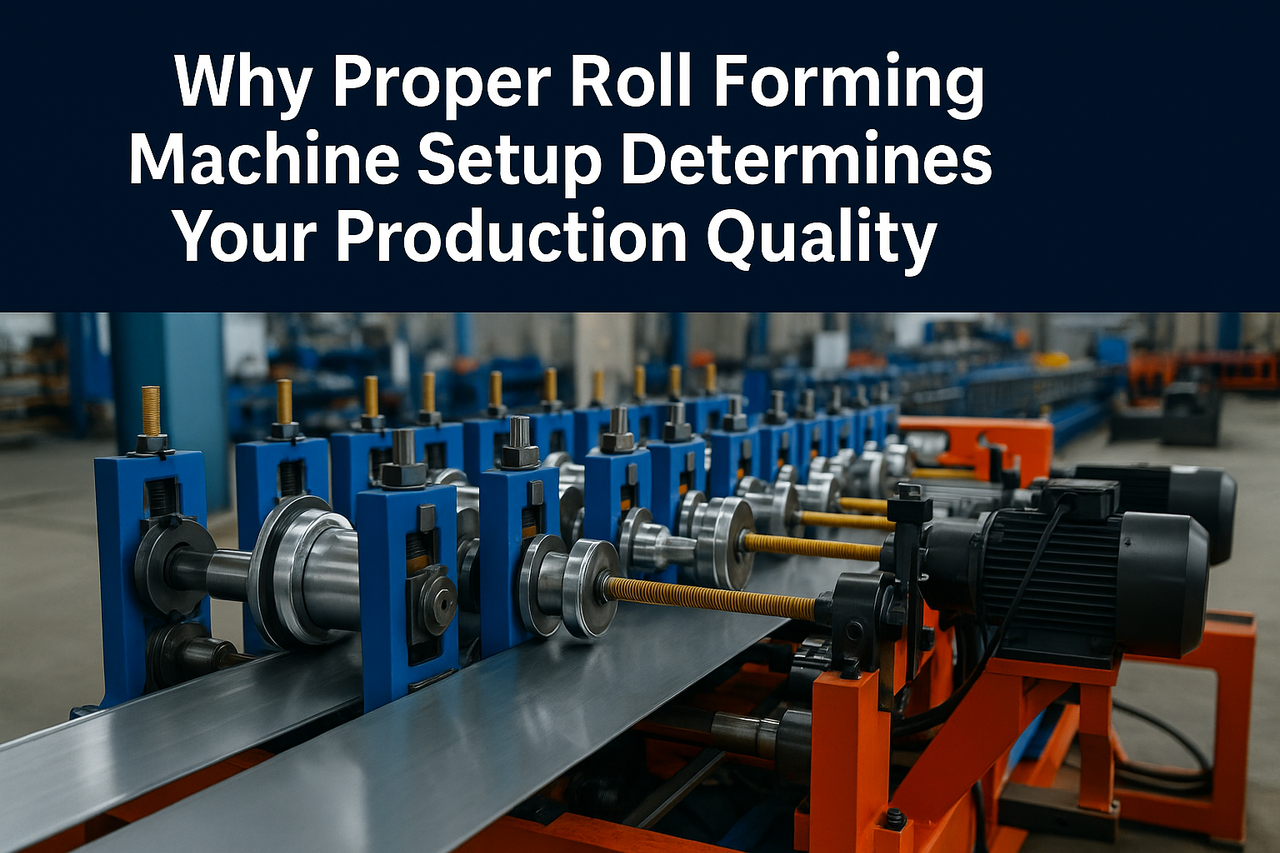
Why Proper Roll Forming Machine Setup Determines Your Production Quality
Posted on Monday, November 24, 2025
The #1 factor that decides accuracy, scrap rate, speed, and consistency.
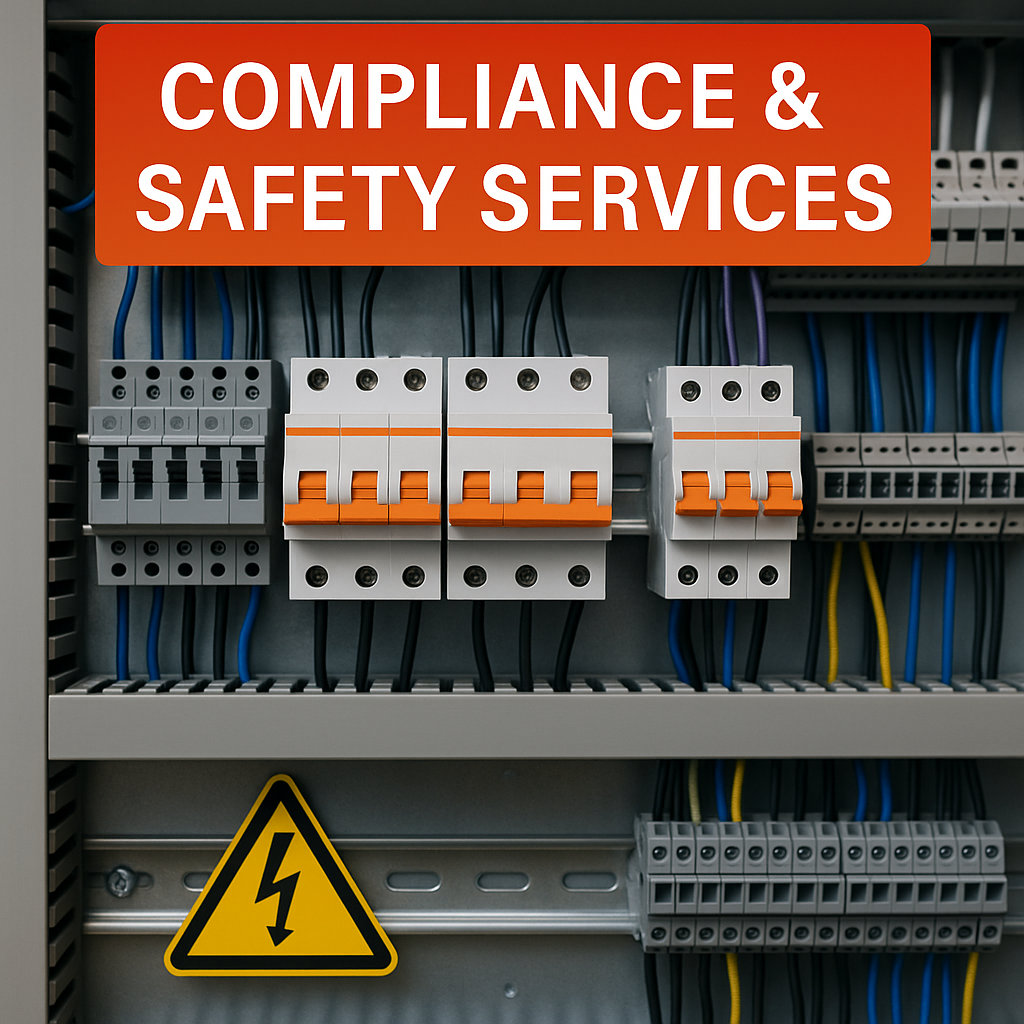
Compliance & Safety Services for Roll Forming Machines — Full Guide
Posted on Sunday, November 23, 2025
How Machine Matcher keeps your machines safe, legal, and fully compliant with CE, UL, and UKCA standards.
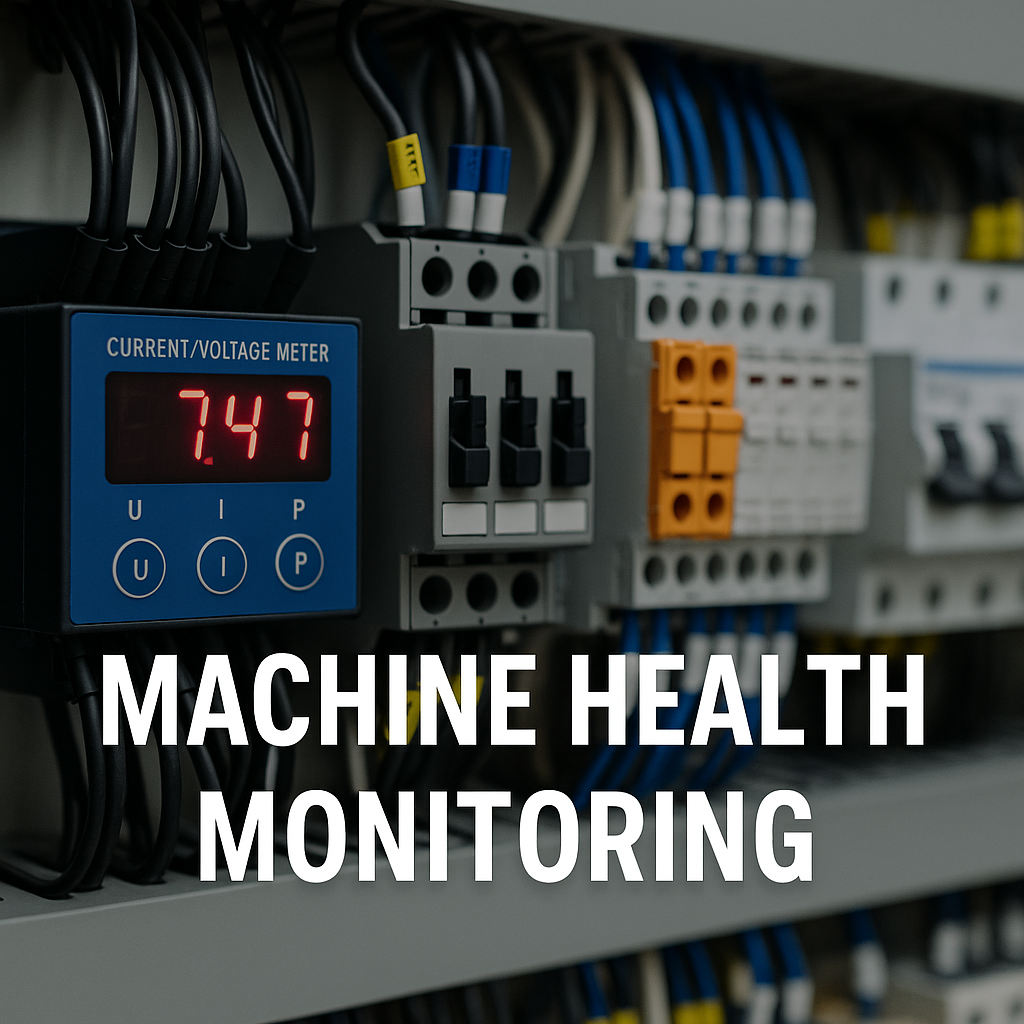
Machine Health Monitoring for Roll Forming Machines — Complete Diagnostic Service Guide
Posted on Sunday, November 23, 2025
Continuous diagnostics that prevent breakdowns, reduce downtime, and extend machine life.
Copyright 2025 © Machine Matcher.